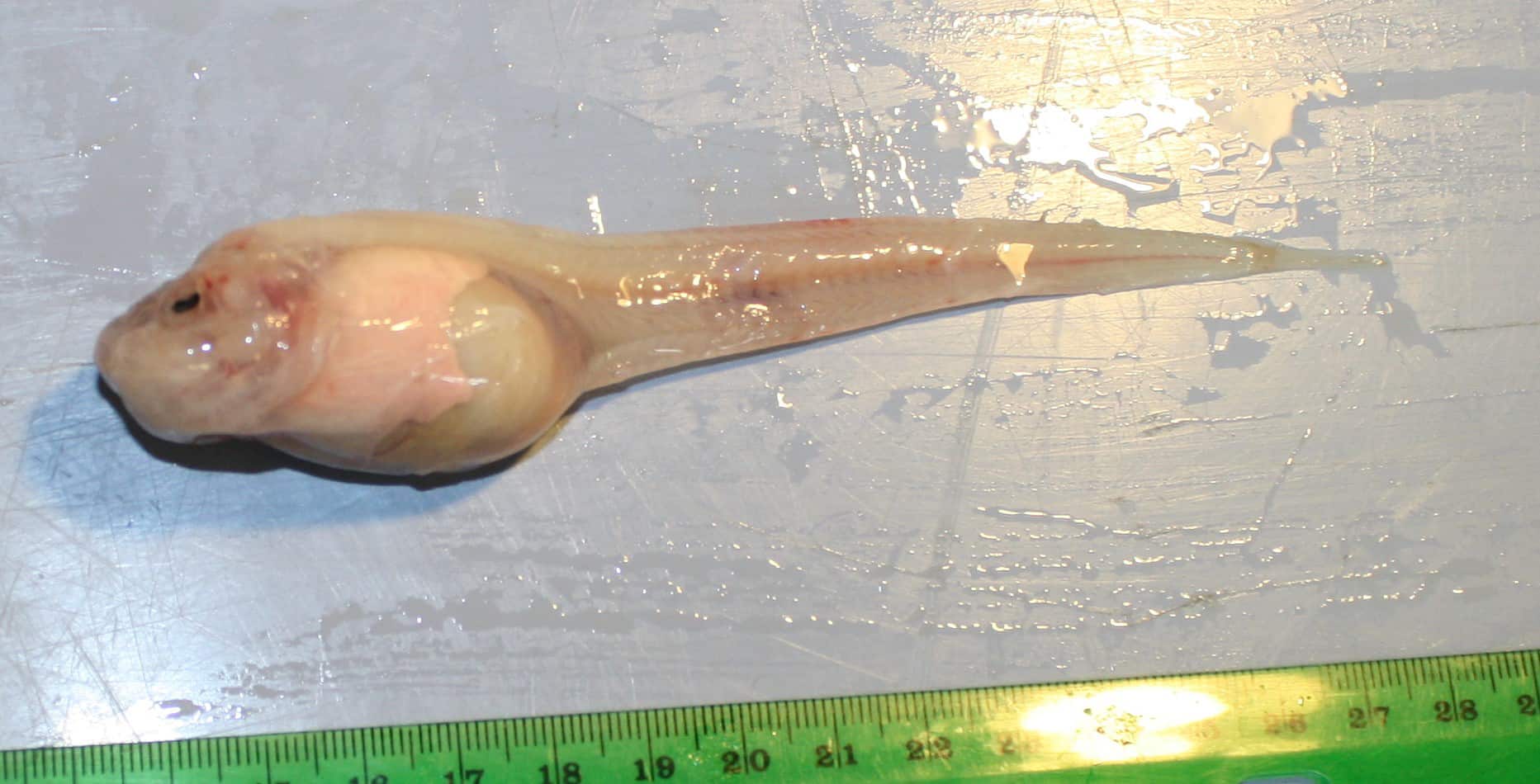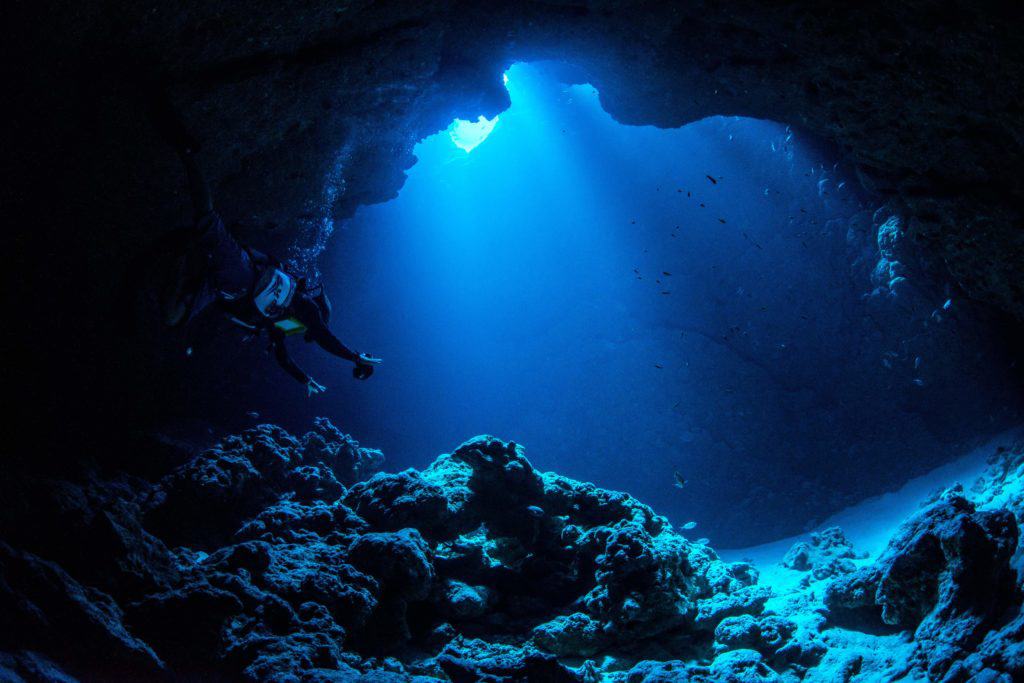The depths of the ocean hold secrets that captivate the imagination, and at the very bottom lies a realm shrouded in mystery. Here, amidst the crushing pressure and perpetual darkness, five remarkable species have carved out niches for themselves, showcasing extraordinary adaptations that allow them to flourish in the abyss.
Giant Tube Worms (Riftia pachyptila)

Among the most iconic deep-sea inhabitants are the giant tube worms, found near hydrothermal vents along the ocean floor. These tubular creatures can reach lengths of up to eight feet and possess no mouth or digestive system. Instead, they rely on a symbiotic relationship with bacteria housed in their tissues. These bacteria convert chemicals from the hydrothermal vents into organic compounds, providing the necessary sustenance for the tube worms to thrive in an otherwise inhospitable environment.
Deep-Sea Anglerfish (Melanocetus johnsonii)

The deep-sea anglerfish is a master of adaptation to the darkness of the abyss. With its bioluminescent lure dangling in front of its mouth, the anglerfish attracts unsuspecting prey in the pitch-black depths. This unique hunting strategy allows the anglerfish to capitalize on its surroundings and secure a meal in an environment where food is scarce. The female anglerfish is particularly fascinating, as smaller males often fuse onto their bodies, functioning as nutrient providers for the larger females.
Deep-Sea Dragonfish (Grammatostomias flagellibarba)

The dragonfish is a mesmerizing creature that inhabits the deep-sea zones. Sporting an elongated body and fang-like teeth, it is well-adapted to a predatory lifestyle in the dark abyss. What sets the dragonfish apart is its ability to produce red bioluminescent light, which remains invisible to most deep-sea organisms. This adaptation allows the dragonfish to navigate and communicate without alerting potential prey or predators.
Mariana Snailfish (Pseudoliparis swirei)

The Mariana snailfish is found dwelling only in the Mariana Trench, the deepest part of the world’s oceans. It has adapted to pressures exceeding 1,000 times that at sea level, with a gelatinous structure and no bladder, allowing it to avoid being crushed. Despite its challenging environment, the Mariana snailfish effortlessly maneuvers in the darkness.
Deep-Sea Squid (Gonatus onyx)

The deep-sea squid, Gonatus onyx, is a remarkable cephalopod that roams the abyssal plains. With enormous eyes adapted to low-light conditions, it navigates the dark depths with ease. This species exhibits vertical migration patterns, ascending to shallower depths at night to feed on migrating prey and descending to greater depths during the day to avoid predators. The deep-sea squid’s ability to traverse vast distances in search of food showcases the adaptability required for survival in the challenging deep-sea environment.
Conclusion

As we dive deeper into the mysteries of the ocean’s depths, these five species stand out as testament to the incredible diversity and adaptability of life in the abyss. From the otherworldly giant tube worms to the elusive Mariana snailfish, each species has evolved unique strategies to conquer the challenges posed by the extreme conditions of the deep-sea environment. These fascinating creatures remind us that, even in the darkest corners of the ocean, life finds a way to thrive and astonish us with its resilience and ingenuity.
Join our Forum for free today!

- Second American Killed by Elephant in Zambia This Year - July 22, 2024
- Elderly Man Kills Grizzly Bear in Montana - July 22, 2024
- Missing Cat Found Weeks Later, 40 Miles Away - July 21, 2024

